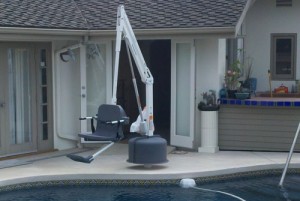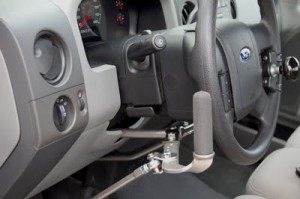 There are many different varieties of canes. They come in many different shapes and styles, are made of different materials, and can range widely in price. While some choices when it comes to cane style are merely a matter of personal preference, some options can affect your health and safety. Knowing how to choose the right cane, and knowing how to use that cane correctly, are very important matters for those who need some mobility assistance. A cane works by widening your base of support and decreasing the amount of weight and stress on the lower joints. The right cane for you, when used correctly, can improve your balance and ease pain in the lower joints while lowering your risk of falling. So how do you know which cane is the right cane, and how do you use it correctly? Some style options when it comes to choosing a cane are solely a matter of personal taste. Color is purely cosmetic. The handle style should be chosen according to the personal comfort of the user. Materials should be chosen according to weight and price, as some materials weigh more than others or are more or less expensive. Some canes also fold, making them easier to
There are many different varieties of canes. They come in many different shapes and styles, are made of different materials, and can range widely in price. While some choices when it comes to cane style are merely a matter of personal preference, some options can affect your health and safety. Knowing how to choose the right cane, and knowing how to use that cane correctly, are very important matters for those who need some mobility assistance. A cane works by widening your base of support and decreasing the amount of weight and stress on the lower joints. The right cane for you, when used correctly, can improve your balance and ease pain in the lower joints while lowering your risk of falling. So how do you know which cane is the right cane, and how do you use it correctly? Some style options when it comes to choosing a cane are solely a matter of personal taste. Color is purely cosmetic. The handle style should be chosen according to the personal comfort of the user. Materials should be chosen according to weight and price, as some materials weigh more than others or are more or less expensive. Some canes also fold, making them easier to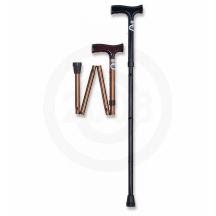 carry. These are decisions that make little difference to the health and safety or the user. Some options, however, can have a large impact on the health of the user and the safety of using the cane. The style of the cane and the size of the cane are of tantamount importance when it comes to choosing the correct cane and being able to use it correctly. Canes mostly come in two styles.
carry. These are decisions that make little difference to the health and safety or the user. Some options, however, can have a large impact on the health of the user and the safety of using the cane. The style of the cane and the size of the cane are of tantamount importance when it comes to choosing the correct cane and being able to use it correctly. Canes mostly come in two styles.
Single point canes, as the name implies, have only a single point of contact with the ground.
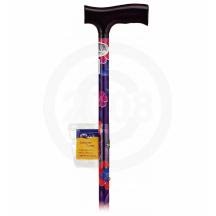 Multi-point canes have multiple points of contact and usually come in three or four point varieties.
Multi-point canes have multiple points of contact and usually come in three or four point varieties.
Different users will have different needs when it comes to choosing between these two styles. Single point canes are usually all someone with arthritis needs, but users with neurological impairments tend to put more weight on the cane and thus multi-point canes are recommended for those users.
When being fitted for a cane, wear your normal walking shoes. Stand tall and keep your arms at your sides. This ensures the cane will be sized correctly and will avoid the need for stooping to use a cane that is too short or suffering a lack of support from a cane that is too tall. The curve of a properly fitted cane should reach to the crease of your wrist. Remember, if you are slumping to use the cane, it is too short, and if you are not able to put your weight on it properly it is too tall. Don’t be afraid to keep trying canes until you find one that is sized just right. Once you have found the right cane, it is time to learn to use it correctly. Canes are used on your strong side, not your weak side as most people think, but are moved in time with your weak side. Advance the cane a few inches in front of you in time with your weak side, and let the cane take some of the weight as you move forward slowly. This way the cane shares the load of the weak side, but is handled by the strong side to avoid putting undue stress on your weak side. When climbing stairs with a cane, start with your strong side leg first and then follow with your weak side and cane together. When descending stairs, start with the weak side alone first and then follow with the strong side and cane simultaneously. Just remember, “Up with the good and down with the bad.” This may take some practice, but once you get the hang of it, you will be climbing up and down staircases in no time! We offer a wide range of canes at Pacific Mobility Solutions and our knowledgeable salespeople are able to assist you with selecting the right cane style and size. Contact us or come in today and see what a difference being locally and family owned and operated makes for you in your buying experience!
President, Husband, Father, Grandfather Graduate of UC Davis- Bio Sci Major- Go Aggies! Jeff has extensive experience in all of Pacific Mobility’s products and services, and specializes in accessibility products as well as stairlifts, ceiling lifts and custom wheel chairs. His hobbies include spending time with family, gardening, mountain biking, exercising and off road motorcycle riding.
24 years as Owner/President of Pacific Mobility Center – selling, installing, and servicing stairlifts, porch lifts, ceiling lifts, pool lifts, handicap ramping, specialty wheelchairs, scooters, power wheel chairs, and other power mobility devices
Certified Environmental Access Consultant since 2008
Licensed General Contractor since 1998
Certified Aging in Place Specialist since 2016
Board Member for Home Access Professionals
Member of Association of Members of the Accessibility Equipment Industry (AEMA)
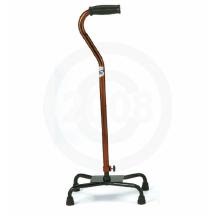
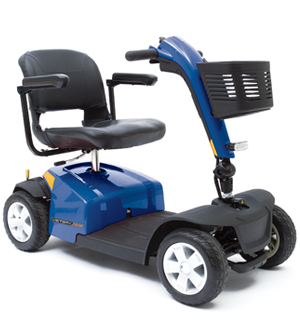
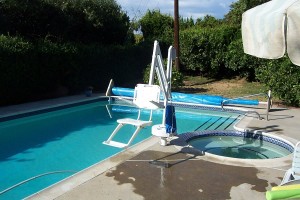 While pool lifts come in a number of configurations and styles to fit many different budgets and needs, and have varying designs, all are designed to perform the same basic task. They lift the user off the ground, rotate him or her over the water, and then lower him or her into the water. They then lift the user out of the water, rotate until over the ground, and then gently lower the user to the ground Since they are designed with the mobility-challenged in mind, the need of some users to easily transfer from a wheel chair has been accommodated. Pool lifts vary in two main ways: the manner in which they are powered, and whether or not their rotation is powered.
While pool lifts come in a number of configurations and styles to fit many different budgets and needs, and have varying designs, all are designed to perform the same basic task. They lift the user off the ground, rotate him or her over the water, and then lower him or her into the water. They then lift the user out of the water, rotate until over the ground, and then gently lower the user to the ground Since they are designed with the mobility-challenged in mind, the need of some users to easily transfer from a wheel chair has been accommodated. Pool lifts vary in two main ways: the manner in which they are powered, and whether or not their rotation is powered.